Alex Mazerolle, founder of Girlvana Yoga in Canada
Related Posts
Healthy And Fit From My Perspective
Tennis Health and Fitness Views
Reference
Knee injuries are the bane of many runners, but practising a series of simple yoga poses could help you get back on track
PUBLISHED : Monday, 21 September, 2015, 9:01pm
UPDATED : Tuesday, 22 September, 2015, 12:11am
Yoga instructor Alex Mazerolle in the downwards facing dog pose. Photos: Jeanette Wang
The knee is the most common body part that breaks down in runners, and when it does, it usually causes a temporary or permanent halt in one's running regimen. When injured, practising yoga can help you heal and avoid injury in future.
In fact, even if you do yoga only once a week, you'll notice a big difference in your running, says Alex Mazerolle, founder of Girlvana Yoga and the co-owner of Distrikt Movement in North Vancouver, Canada. Here, she demonstrates a five-pose circuit that takes just 15 minutes to complete.
"Doing this simple circuit two to three times a week would make a world of difference to your running," says 28-year-old Mazerolle, who is also a yoga teacher for the EA Sports app, Yogify.
Mazerolle says runners in her yoga classes often have tight hamstrings, shoulders, and hips and glutes. The feet, lower legs, knees, thighs, hips, lower back, core, and arms are all part of a kinetic chain. When one link isn't working properly, the consequences can be felt up or down the chain - including the knee.
Christine Felstead, author of the book Yoga for Runners (2013), says runners are often reluctant to try yoga, but can gain tremendous benefits from adding yoga to their fitness regimen.
Yoga restores and improves body symmetry, alignment and balance, she says, and this prevents injuries from occurring while healing stubborn, chronic, and recurring ones. Yoga postures help align the knee joint while strengthening the arches of the feet for better shock absorption. This reduces the weight-bearing impact of running.
"Runners have a high threshold for dealing with pain and learn to live with aches and pains as part of daily living," Felstead says. "Runners are often amazed at how many of these nagging discomforts are eliminated with yoga practice."
Mazerolle says yoga also helps boost mental capacity, increasing focus and calming the mind, which is especially important in longer races such as the half- or full marathon. Yoga also teaches you how to breathe very deeply and encourages the expansion of the lungs.
"When running, you'll get more oxygen in the lungs," says Mazerolle.
She suggests performing the following circuit in the sequence shown after a run. Take five deep inhales/exhales - or more if you want - for each pose, unless indicated otherwise.
1. Mountain pose
Stand with feet a shoulder width apart, close your eyes and breathe. This pose encourages the right body alignment and puts you in an anatomically neutral position - an upright body with weight equally distributed on the feet and the head stacked over the shoulders. It's deceptively easy but runners with a knee problem usually have trouble standing perfectly aligned.]
2. Chair pose
Stand in mountain pose with your feet together. On an inhale, sweep both arms up. On an exhale, bend your knees and sink into a high squat. Gaze ahead or up to your hands. If your knee injury is very bad, prop yourself up against a wall and/or remain in a high squat. Work on bending the knees in the same alignment. For sore or stiff upper back or shoulders, place your hands on your hips. The pose works the inner and outer thighs so that ligaments in the knee are equally strengthened. A lot of runners tend to be too strong in the IT band (outer thigh). The posture will also strengthen the quadriceps, hamstrings and glutes for running speed and power, and reinforce the foot and ankle muscles to aid absorption of impact when running. Sink lower to increase the intensity.
3. Downwards facing dog
Begin on all fours. Spread your fingers and slowly lift the hips up. The pose stretches out your hamstrings and calves, and builds upper body strength. A lot of people with knee problems have very tight hamstrings and calves, as well as stiff back and hips - this can cause your back to round when doing this pose, placing extra weight on your hands and shoulders. Try to keep your back flat.
4. Thread the needle
Lie on your back with feet on the floor and knees bent. Cross your right leg to place your right ankle just above the left knee or thigh. Reach your hands under your left thigh and pull your left knee towards your chest. Ensure your back remains flat on the floor. This pose helps to open up the IT band, hips and glutes.
5. Legs up the wall
If you don't have a wall around, just elevate your legs in mid air above the pelvis. Hold the pose for three to five minutes. This encourages blood flow down from the feet, alleviating swelling in the ankles and knees. It also promotes relaxation and sleep.
This article appeared in the South China Morning Post print edition as Stretching a sore point
PUBLISHED : Thursday, 24 September, 2015, 7:31am
UPDATED : Thursday, 24 September, 2015, 10:43am
The company's Qi wireless charging pad. It has now gone one better by finding a wireless solution for devices with metal exteriors, which was previously not possible. Photo: SCMP Pictures
A Hong Kong technology company has launched the world's first wireless charging platform for mobile devices with metal cases, cutting the last cord that limits mobility for many of today's premium smartphones and media tablets.
ConvenientPower, based at the Hong Kong Science Park, announced that milestone in San Francisco, California, this week with its development of "WoW(me)", a wireless charging transmitter pad for both metal and non-metal mobile electronics gadgets.
"This accelerates the range of design and waterproof possibilities for mobile electronics, such as wearables, smartphones and computing devices," said Camille Tang, the president and co-founder of ConvenientPower.
Until now, charging a device with a metal exterior has been incompatible with various wireless charging technologies available in the market. Smartphone designers, for example, had to choose between building a premium handset incorporating metal or a non-metal device that can support wireless charging.
Tang first publicly mentioned ConvenientPower's efforts towards this breakthrough in wireless charging at the South China Morning Post's Game Changers Forum 3 event last week.
She said the milestone was made possible by the company's close collaboration with mobile chip giant Qualcomm and its subsidiary Qualcomm Technologies, which engineered a solution called WiPower that allows wireless charging for mobile devices with metal cases.
WiPower meets the Rezence standard, a wireless power-transfer specification developed by the Alliance for Wireless Power based on so-called near-field magnetic resonance technology.
According to Qualcomm, WiPower would enable consumer electronics manufacturers to embed the technology in a range of surfaces and applications, such as cars, furniture and hotel rooms, in an efficient and simple-to-use manner.
ConvenientPower's WoW(me) wireless charging pad maintains all the properties of Rezence-certified transmitters, including the ability to charge multiple devices with various power requirements, simultaneously, through different surfaces.
"Having ConvenientPower follow up so quickly with a companion solution gets this technology that much closer to consumers," said Steve Pazol , the general manager of wireless charging operations at Qualcomm.
"We never anticipated the level of excitement this would generate."
Established in 2006, ConvenientPower designs and develops wireless charging solutions - reference designs, modules and chipsets - across multiple fields including consumer electronics, automotive, medical systems and commercial infrastructure.
"We are the first Hong Kong company to have initiated a global technology standard," Tang said last week.
That standard is "Qi", an open wireless charging specification promoted by the Wireless Power Consortium. Tang serves as a co-chair of the consortium, which has more than 200 corporate members in 20 countries.
Tang had earlier predicted this year to represent "an inflection point for wireless power growth".
Technology research firm IHS has forecast shipments of wireless power receivers packaged with mobile phones are expected to exceed 120 million units this year.
In the wearable electronics market, shipments of wireless charging receivers are expected to rise to more than 20 million units this year.
The Apple Watch is projected to take a dominant share of more than 70 per cent of total revenue in wireless-charging-enabled wearable devices.




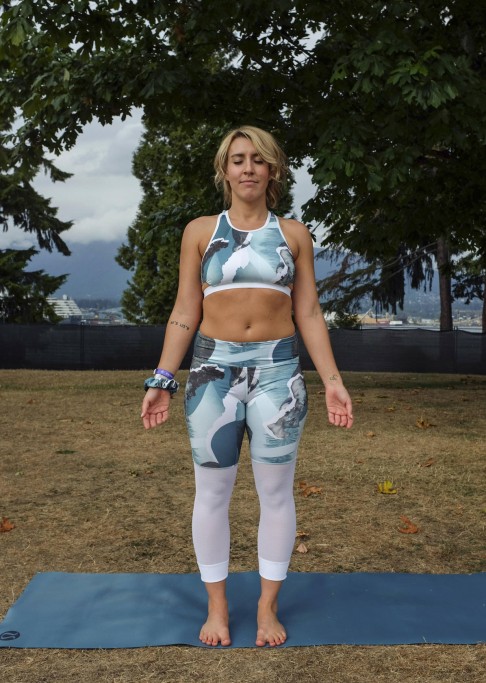
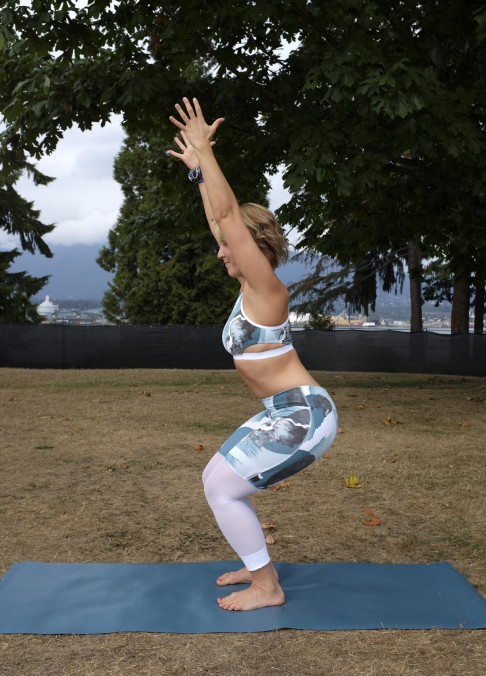
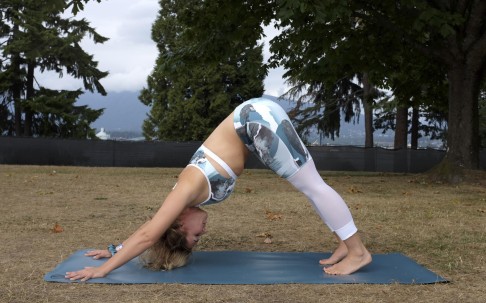
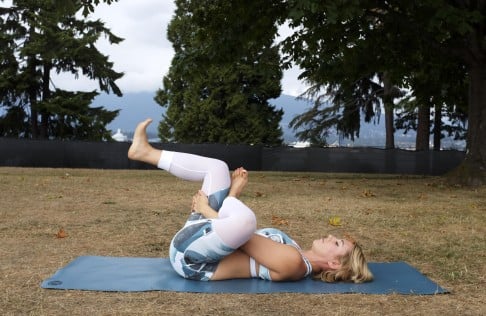
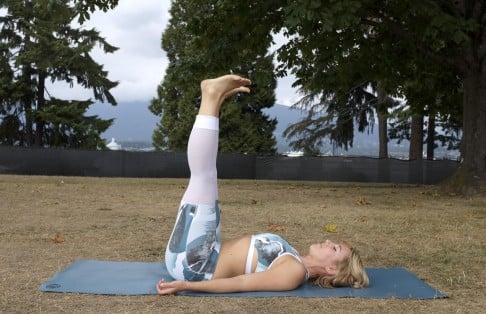














No comments:
Post a Comment